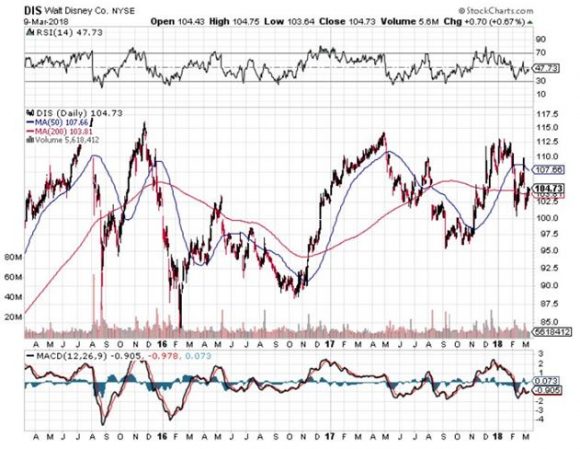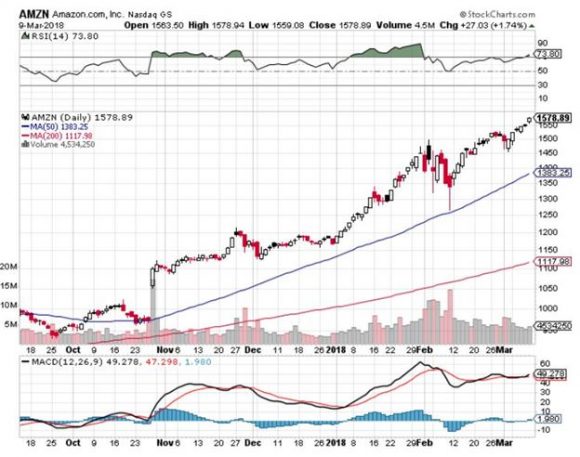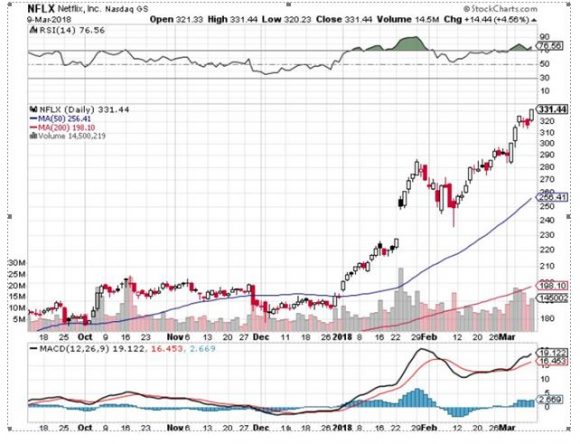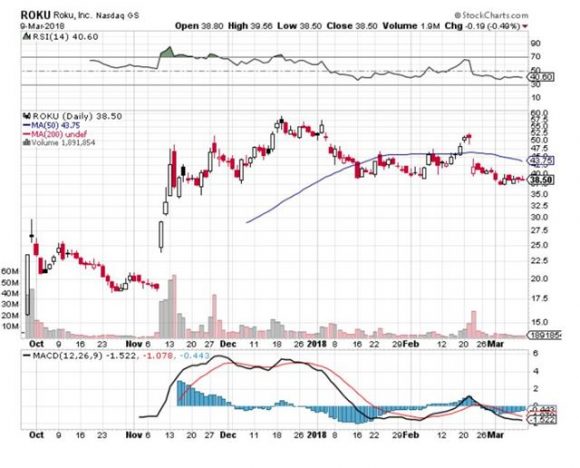Look at any survey of the most despised companies in America and there is always one industry that comes out on top: cable companies such as AT&T, (T), Comcast (CMCSA) and Charter Communications (CHTR).
We all have been reading about cord cutting and the death of cable for years. However, this trend is about to vastly accelerate.
The death of cable is upon us in full force and streaming plays should represent a heavy weight in any aggressive portfolio.
Jerry Seinfeld and David Letterman are two Hollywood names gracing the broadband waves of Netflix (NFLX). Add one more superstar name to the mix as that of former President of the United States, Barack Obama.
Obama has tentatively agreed to produce new content centered on inspirational people and their stories. Add in former First Lady Michelle Obama who also will play a part in compiling the new content. You can expect about half the country to watch it.
Amazon (AMZN) and Apple (APPL) were lining up deals before Netflix scored the arrangement. Music streaming giant Spotify, set to go public later this month, also has a deal on the table with former President Obama to be the face of a presidential playlist.
The bidding war for top content is hugely bearish for traditional media companies such as Disney (DIS), which is subject to stringent regulation from the FCC (Federal Communications Commission). Disney stock has been languishing in the doldrums for years, peaking at $120 in mid-2015. It is still hovering around the $100 level 3 years later.
The recent risk-off move in (DIS) can be attributed to one horrific segment of the business that was its main growth driver for 25 years - ESPN.
In the 1990s, ESPN was a media darling for the ages. It could do no wrong. Its base, mainly young tech-savvy males, loved every piece of content from the daily sports news to the live games that permeated its channels.
Then cord cutters started appearing out of the woodwork and swiftly migrated to (NFLX)'s attractive pricing at $8.99 per month in 2015, which sure beats cable at upward of $100 per month.
Better late than never is that Disney finally announced a unique proprietary streaming service straight to the consumer in 2018. The three years of inaction put the company three years further back in the quickly growing broadband streaming revolution. Disney also stated it will pull all (DIS) content from competitor (NFLX).
Legacy companies have a two-pronged problem: saddled with irrevocable multi-year commitments absorbing capital and a behemoth legacy business in marginal decline that is a headache to shift. Asking the Titanic to suddenly transform into a fancy speedboat is a tough ask for anyone.
The red flags are unbridled in the cable universe. Fox Networks plans to readjust hourly ad load down to 2 minutes within 2 years! Fox has some work to do to whittle down the ad load because last year's hourly ad load clocked in at 13 minutes. Advertising executives indeed feel aghast in what will be known as the first phase of the death of cable. This machination is unquestionably bullish for social media platforms such as Facebook (FB) and Twitter (TWTR) because net ad loads are migrating to millennial eyeballs on those platforms.
Millennials, currently the biggest consumer-ready demographic, are the most advertising-adverse generation ever to exist. Stories of binge-watching (NFLX) are rife, and live sports shows increasingly are found pirated online from Eastern Europe.
TV ratings are rapidly declining to the degree that bottom line growth will be materially harmed. Traditional media is experiencing a cocktail of lethal headwinds that could wipe it out totally. Simply put, commercials negatively affect the user experience and the plethora of options in the streaming world makes it a buyers' market.
(NFLX)'s hyper-accelerating subscriber growth begets higher growth. Love them or hate them, (NFLX) and (AMZN) business models are the architectural blueprints applied to every tech stock. To be condemned as a legacy business is the most damning label in the tech industry.
Hiring Bill Ackman is probably the only move that would be worse. Anyone not betting the ranch on broadband streaming is quickly banished to investor purgatory with the likes of GameStop Corp. (GME).
Tech is starting to get priced as a luxury. Gone are the days of disheveled mopheads joining forces in a shabby Los Altos, Calif., garage as did Steve Jobs and Steve Wozniak. Groundbreaking tech is power, and big tech knows it.
As much as I would like to rain on (NFLX)'s parade, I cannot. Investors only look at one number as they do with many other tech companies. The company's license to spend gobs of cash on new content revolves around subscriber growth.
Last year was full of whispers that (NFLX)'s domestic mojo would start to neutralize. Quarter over quarter estimates came in at 1.29 million new domestic subscribers, and international estimates were expected to net 5.10 million. Domestic net adds were almost 35% higher than guidance at 1.98 million.
International net add growth is viewed as the source of a long runway, and it did not disappoint, beating QOQ guidance by 20% with 6.36 million new net adds. Overall, total net adds beat QOQ estimates by 23.2% and is the biggest reason (NFLX) is up over 70% in 2018.
Where does this all lead?
Do not buy any media stock without a thriving streaming business. The shift in buying power from baby boomers to tech-reliant younger generations will exacerbate cord cutting, and users will naturally deviate toward online streaming.
The most popular streaming services in 2017 were (NFLX) and (AMZN), which should be part of every investor's portfolio. Google (GOOGL) has YouTube, which also is no pushover. Another wild card is smart TV company Roku (ROKU), which is the (FB) of smart TVs and procures revenue from ad load. (ROKU)'s active accounts are up 44% year over year, and revenue per user has increased more than 30% YOY.
If you look down the road, the legacy companies that can smoothly transform into streaming content companies will be rewarded by investors but stocks such as (DIS) are in a wait-and-see mode.




